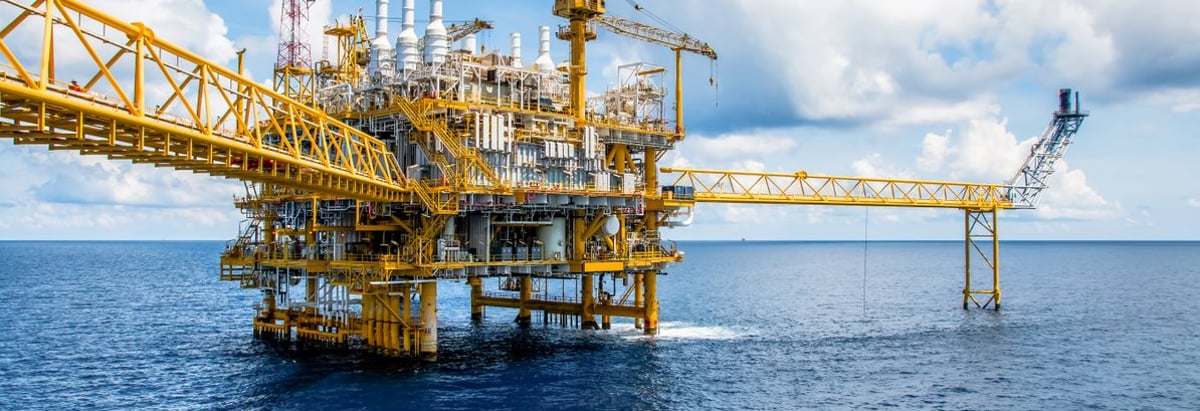- Canada
- /
- Oil and Gas
- /
- TSXV:EOG
Eco (Atlantic) Oil & Gas Ltd. (CVE:EOG) Is Employing Capital Very Effectively

Today we'll look at Eco (Atlantic) Oil & Gas Ltd. (CVE:EOG) and reflect on its potential as an investment. Specifically, we'll consider its Return On Capital Employed (ROCE), since that will give us an insight into how efficiently the business can generate profits from the capital it requires.
First up, we'll look at what ROCE is and how we calculate it. Second, we'll look at its ROCE compared to similar companies. Last but not least, we'll look at what impact its current liabilities have on its ROCE.
What is Return On Capital Employed (ROCE)?
ROCE is a metric for evaluating how much pre-tax income (in percentage terms) a company earns on the capital invested in its business. In general, businesses with a higher ROCE are usually better quality. Ultimately, it is a useful but imperfect metric. Renowned investment researcher Michael Mauboussin has suggested that a high ROCE can indicate that 'one dollar invested in the company generates value of more than one dollar'.
How Do You Calculate Return On Capital Employed?
The formula for calculating the return on capital employed is:
Return on Capital Employed = Earnings Before Interest and Tax (EBIT) ÷ (Total Assets - Current Liabilities)
Or for Eco (Atlantic) Oil & Gas:
0.36 = CA$9.9m ÷ (CA$28m - CA$769k) (Based on the trailing twelve months to December 2018.)
So, Eco (Atlantic) Oil & Gas has an ROCE of 36%.
Want to participate in a short research study? Help shape the future of investing tools and you could win a $250 gift card!
View our latest analysis for Eco (Atlantic) Oil & Gas
Is Eco (Atlantic) Oil & Gas's ROCE Good?
When making comparisons between similar businesses, investors may find ROCE useful. In our analysis, Eco (Atlantic) Oil & Gas's ROCE is meaningfully higher than the 6.2% average in the Oil and Gas industry. We consider this a positive sign, because it suggests it uses capital more efficiently than similar companies. Setting aside the comparison to its industry for a moment, Eco (Atlantic) Oil & Gas's ROCE in absolute terms currently looks quite high.
Eco (Atlantic) Oil & Gas delivered an ROCE of 36%, which is better than 3 years ago, as was making losses back then. That implies the business has been improving.

When considering this metric, keep in mind that it is backwards looking, and not necessarily predictive. Companies in cyclical industries can be difficult to understand using ROCE, as returns typically look high during boom times, and low during busts. ROCE is only a point-in-time measure. Remember that most companies like Eco (Atlantic) Oil & Gas are cyclical businesses. Since the future is so important for investors, you should check out our free report on analyst forecasts for Eco (Atlantic) Oil & Gas.
Do Eco (Atlantic) Oil & Gas's Current Liabilities Skew Its ROCE?
Short term (or current) liabilities, are things like supplier invoices, overdrafts, or tax bills that need to be paid within 12 months. Due to the way the ROCE equation works, having large bills due in the near term can make it look as though a company has less capital employed, and thus a higher ROCE than usual. To check the impact of this, we calculate if a company has high current liabilities relative to its total assets.
Eco (Atlantic) Oil & Gas has total liabilities of CA$769k and total assets of CA$28m. Therefore its current liabilities are equivalent to approximately 2.7% of its total assets. Minimal current liabilities are not distorting Eco (Atlantic) Oil & Gas's impressive ROCE.
The Bottom Line On Eco (Atlantic) Oil & Gas's ROCE
This is an attractive combination and suggests the company could have potential. There might be better investments than Eco (Atlantic) Oil & Gas out there, but you will have to work hard to find them . These promising businesses with rapidly growing earnings might be right up your alley.
For those who like to find winning investments this free list of growing companies with recent insider purchasing, could be just the ticket.
We aim to bring you long-term focused research analysis driven by fundamental data. Note that our analysis may not factor in the latest price-sensitive company announcements or qualitative material.
If you spot an error that warrants correction, please contact the editor at editorial-team@simplywallst.com. This article by Simply Wall St is general in nature. It does not constitute a recommendation to buy or sell any stock, and does not take account of your objectives, or your financial situation. Simply Wall St has no position in the stocks mentioned. Thank you for reading.
About TSXV:EOG
Eco (Atlantic) Oil & Gas
Engages in the identification, acquisition, exploration, and development of the petroleum, natural gas, and shale gas properties in the Republic of Namibia and the Co-Operative Republic of Guyana.
Adequate balance sheet slight.
Market Insights
Community Narratives





